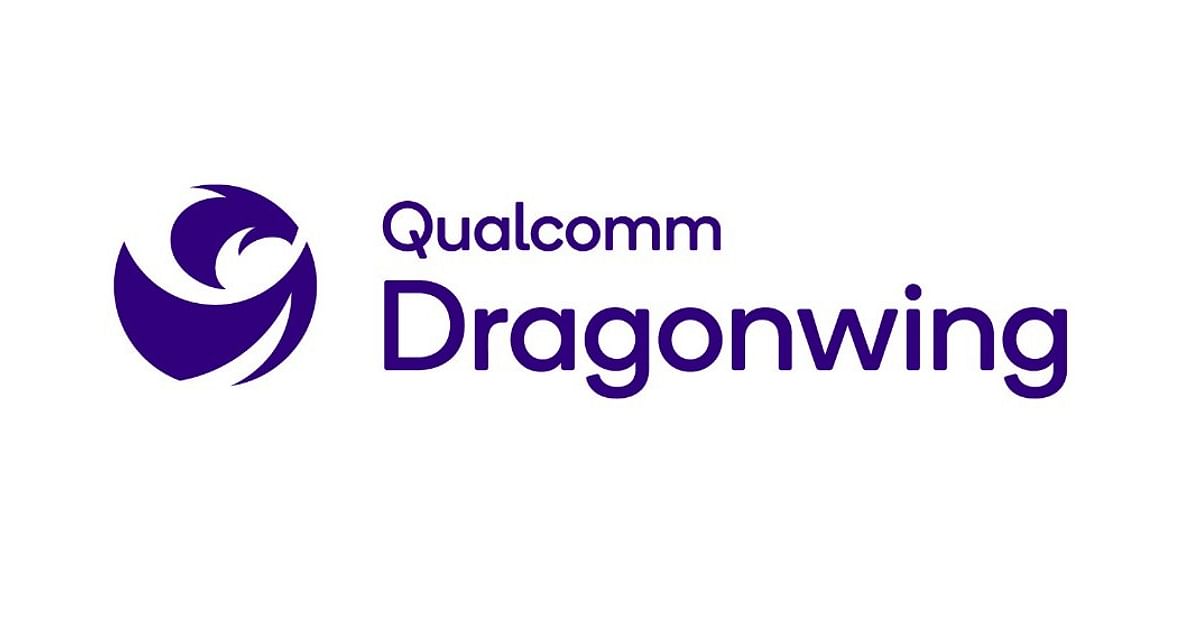- Select a language for the TTS:
- UK English Female
- UK English Male
- US English Female
- US English Male
- Australian Female
- Australian Male
- Language selected: (auto detect) - EN
Play all audios:
SIR, We read with great interest the review recently published in _Eye_ by Siaudvytyte _et al_1 and would like to comment while presenting an additional viewpoint. Siaudvytyte _et al_1
mentioned a study by Killer _et al_2 on normal-tension glaucoma (NTG) patients who showed a decreased cerebrospinal fluid (CSF) flow between the basal cisterns and the subarachnoid space
surrounding the optic nerve (ON), and proposed that this could explain why patients with NTG have lower intracranial pressure (ICP). Killer _et al_2 concluded that the disturbance of CSF
dynamics in this specific CSF pathway can be explained by ON compartmentation. It is not fully clear to us how this could explain why NTG patients have lower ICP. Siaudvytyte _et al_1
further noted that a higher translaminar pressure difference (TPD), that is, the difference of intraocular pressure (IOP) minus ICP, may lead to abnormal function and ON damage due to
deformation of the lamina cribrosa, changes in axonal transport, altered blood flow, or a combination of them all. In view of many arguments against the hypothesis that the translaminar
imbalance between the IOP and ICP caused by low ICP could have a role in the pathogenesis of glaucoma through a higher TPD acting across the optic nerve head,3 we present an alternative
viewpoint according to which the imbalance between IOP and ICP may reflect the imbalance between production and clearance of neurotoxins in the anterior part of the ON. Indeed, previous
findings at least suggest that high IOP may generate inflammatory proteins and neurotoxins, such as amyloid-_β_ (A_β_) that is a hallmark protein in Alzheimer’s disease, that could then be
cleared via the CSF.4 Our hypothesis postulates that a higher concentration of neurotoxins may be the physiopathological mechanism causing axonal damage in NTG as well as in high-tension
glaucoma. In NTG, diminished clearance of Aβ from the ON may predominate as a result of a general decline in CSF turnover caused by decreased CSF production (and thus lower ICP).5 In
high-tension glaucoma, IOP-induced A_β_ generation may predominate and even a mild decline in general CSF flow may result in glaucomatous ON damage. From this point of view, the TPD,
calculated as the difference of IOP minus ICP, may be considered as an index for neurotoxic burden in the anterior part of the ON. REFERENCES * Siaudvytyte L, Januleviciene I, Daveckaite A,
Ragauskas A, Bartusis L, Kucinoviene J _et al_. Literature review and meta-analysis of translaminar pressure difference in open-angle glaucoma. _Eye_ 2015; 29 (10): 1242–1250. Article CAS
Google Scholar * Killer HE, Miller NR, Flammer J, Meyer P, Weinreb RN, Remonda L _et al_. Cerebrospinal fluid exchange in the optic nerve in normal-tension glaucoma. _Br J Ophthalmol_ 2012;
96 (4): 544–548. Article Google Scholar * Hayreh SS . Cerebrospinal fluid pressure and glaucomatous optic disc cupping. _Graefes Arch Clin Exp Ophthalmol_ 2009; 247 (6): 721–724. Article
Google Scholar * Wostyn P, De Groot V, Van Dam D, Audenaert K, Killer HE, De Deyn PP . Glaucoma considered as an imbalance between production and clearance of neurotoxins. _Invest
Ophthalmol Vis Sci_ 2014; 55 (8): 5351–5352. Article Google Scholar * Wostyn P, De Groot V, Van Dam D, Audenaert K, De Deyn PP . Senescent changes in cerebrospinal fluid circulatory
physiology and their role in the pathogenesis of normal-tension glaucoma. _Am J Ophthalmol_ 2013; 156 (1): 5–14. Article Google Scholar Download references AUTHOR INFORMATION AUTHORS AND
AFFILIATIONS * Department of Psychiatry, PC Sint-Amandus, Beernem, Belgium P Wostyn * Department of Ophthalmology, Antwerp University Hospital, Antwerp, Belgium V De Groot * Department of
Biomedical Sciences, Laboratory of Neurochemistry and Behavior, Institute Born-Bunge, University of Antwerp, Antwerp, Belgium D Van Dam & P P De Deyn * Department of Psychiatry, Ghent
University Hospital, Ghent, Belgium K Audenaert * Department of Neurology and Memory Clinic, Middelheim General Hospital (ZNA), Antwerp, Belgium P P De Deyn * Department of Neurology and
Alzheimer Research Center, University of Groningen and University Medical Center Groningen, Groningen, The Netherlands P P De Deyn Authors * P Wostyn View author publications You can also
search for this author inPubMed Google Scholar * V De Groot View author publications You can also search for this author inPubMed Google Scholar * D Van Dam View author publications You can
also search for this author inPubMed Google Scholar * K Audenaert View author publications You can also search for this author inPubMed Google Scholar * P P De Deyn View author publications
You can also search for this author inPubMed Google Scholar CORRESPONDING AUTHOR Correspondence to P Wostyn. ETHICS DECLARATIONS COMPETING INTERESTS The authors declare no conflict of
interest. RIGHTS AND PERMISSIONS Reprints and permissions ABOUT THIS ARTICLE CITE THIS ARTICLE Wostyn, P., De Groot, V., Van Dam, D. _et al._ The translaminar pressure difference as an index
for neurotoxic burden in the anterior part of the optic nerve. _Eye_ 30, 1146–1147 (2016). https://doi.org/10.1038/eye.2016.73 Download citation * Published: 15 April 2016 * Issue Date:
August 2016 * DOI: https://doi.org/10.1038/eye.2016.73 SHARE THIS ARTICLE Anyone you share the following link with will be able to read this content: Get shareable link Sorry, a shareable
link is not currently available for this article. Copy to clipboard Provided by the Springer Nature SharedIt content-sharing initiative




![[withdrawn] category 1 licence application (part 2)](https://www.gov.uk/assets/static/govuk-opengraph-image-03837e1cec82f217cf32514635a13c879b8c400ae3b1c207c5744411658c7635.png)


